A lot of care goes into taking care of a garden, and you should always remember this when wanting to have a garden in your backyard. One of the most annoying things that you will come across when gardening is weeds. Weed is something that all gardeners dread because it spreads like wildfire and is a hassle to deal with. So, without further ado, let’s dive into this blog and learn some of the practical tips that will help you out with your weed predicament.
1. Mulch
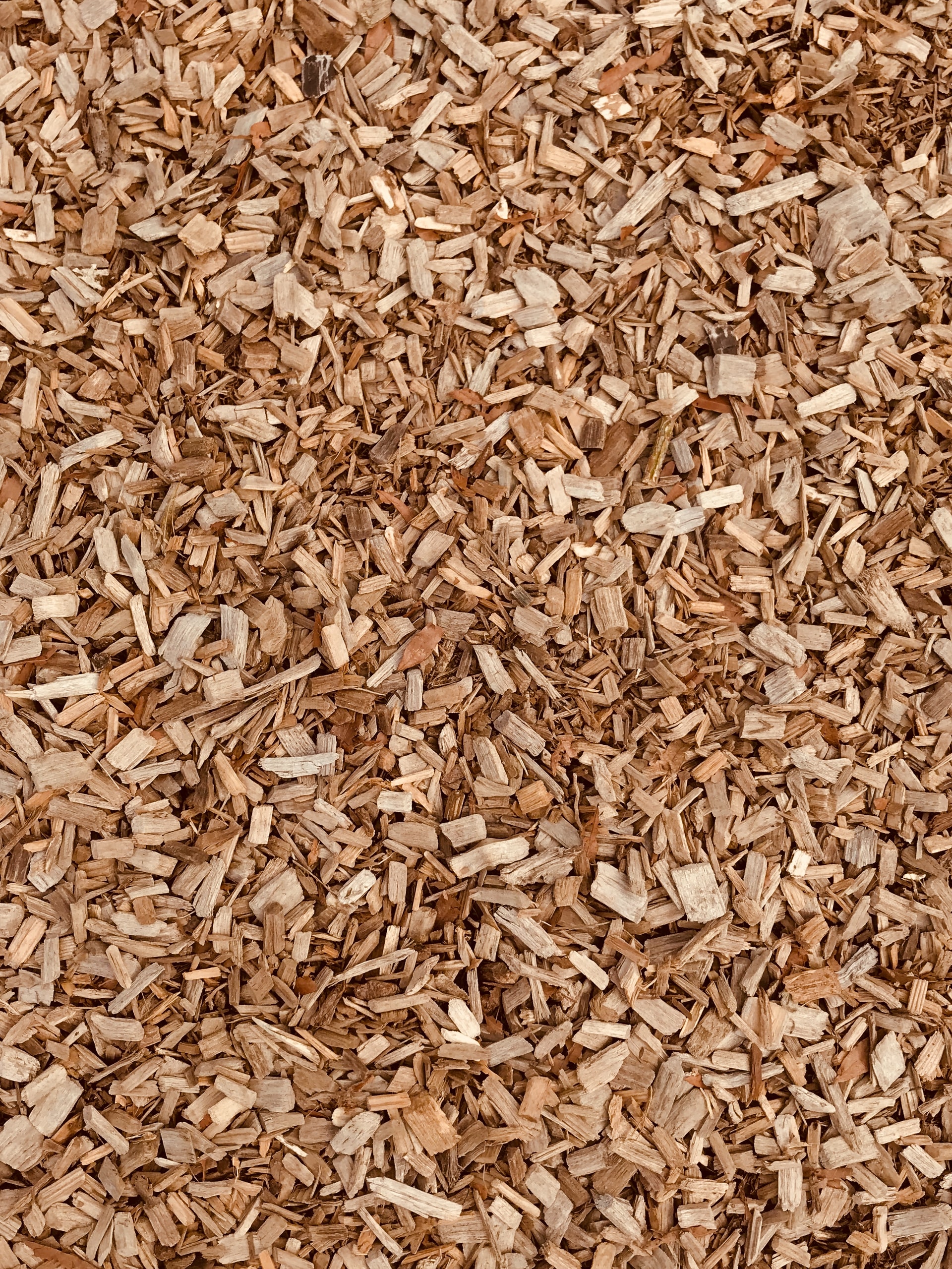
Mulch is your best friend when it comes to fighting against weeds: it’s good for the soil, looks good, and keeps the weeds away. 2 to 3 inches of mulch is usually sufficient, especially if you also have a problem with slugs and snails, which use the thick mulch layers to hide.
Opt for organic mulch in small pieces because this is better for the soil and your garden. Mulch is very efficient at blocking light. If you are really serious, cover the soil with newspaper or biodegradable geotextile first, especially under trees, shrubs, and areas where the soil has not been “disturbed. You can buy mulch in any gardening store or your local Target or Walmart.
2. Don’t Let The Weed Go To The Seed
If you want to get rid of weeds in your yard, stay alert and don’t let them go to seed. This will not eliminate all the seeds, as weeds have many ways to reproduce. However, you will greatly prevent their spread. Weed spread like wildfire, and they are a pesky bugger to remove and are the nightmare of any gardener out there.
If there is a lot of weed, cut off the top of the unwanted weed with your lawnmower (lowest setting) or with a trimmer. Otherwise, you will only be controlling the larger weeds. This technique is most effective when combined with others, especially hand weeding.
3. Avoid Tilting The Soil
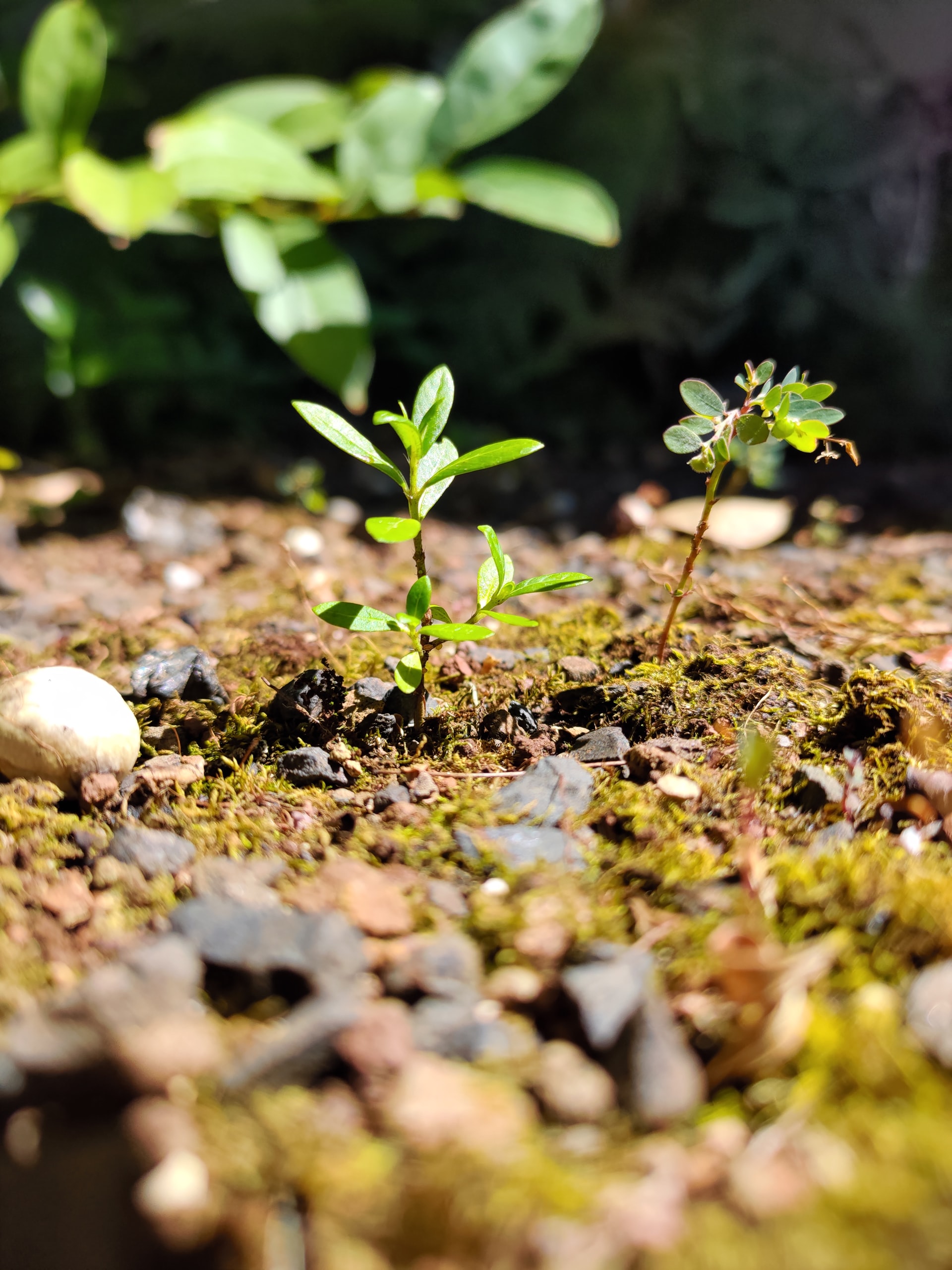
Unless you have no choice, don’t plow the soil. This may seem like a good idea, but it’s actually the opposite. Turning the soil, even slightly, can bring dormant seeds to the surface. Once exposed to sunlight, they will quickly germinate and worsen your problem.
Only disturb the soil when necessary. For example, don’t use a shovel if you are dealing with dandelions or other long taproot weeds. Instead, use a dandelion remover (a long, narrow tool that looks like a small screwdriver).
4. Remove Weed After It Rained
Whenever possible, pull weeds by hand. This is probably one of the most important steps in your attempt to eliminate them. However, don’t try to do this if the soil is firm and dry. Removing weeds while the soil is dry is harder than removing them while the soil is damp. Damp soil means that getting rid of weeds is swifter and easier.
For one thing, this is very hard on the back, and you may also leave small bits of root in the soil. This will generate new plants and ruin all your efforts. Instead, wait for good rain and weed when the soil is moist. So, if there is one tip that you have to follow from this blog, it would be this one because it is one of the most practical tips for removing weeds out there.
5. Only Use Herbicide As A Last Resort
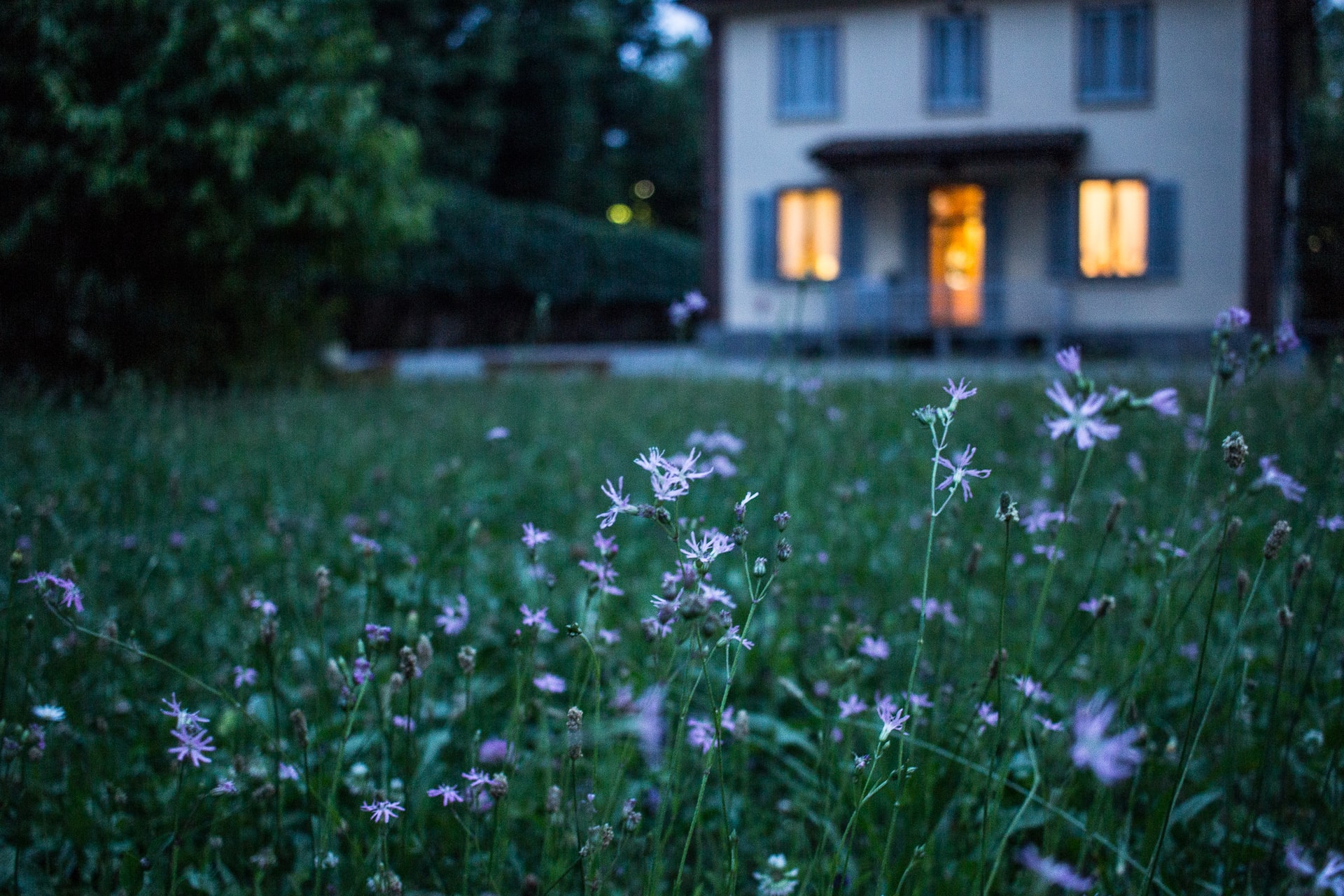
If you decide to use herbicides, do so judiciously. Read the label carefully: the type of herbicide depends on a number of factors, including the timing of application and the type of weeds being treated. Herbicides aren’t really good for the environment and can even affect your other plants, and this is why they should only be used as a last resort.
Many gardeners prefer to use pre-emergent products, which are often applied after weeding or tilling. Post-emergence herbicides are used to control seeds that have already germinated and are most effective when weeds are in play.
Looking for help?
Are you in Oshawa? Are you looking for help with your garden? Then look no further than Royal Blue Property Maintenance. They offer a plethora of services like weed control, landscaping, gardening, and even lawn maintenance. They even offer snow removal services during the winter season. So, what are you waiting for? Give them a call and let them help you out with all your garden issues.
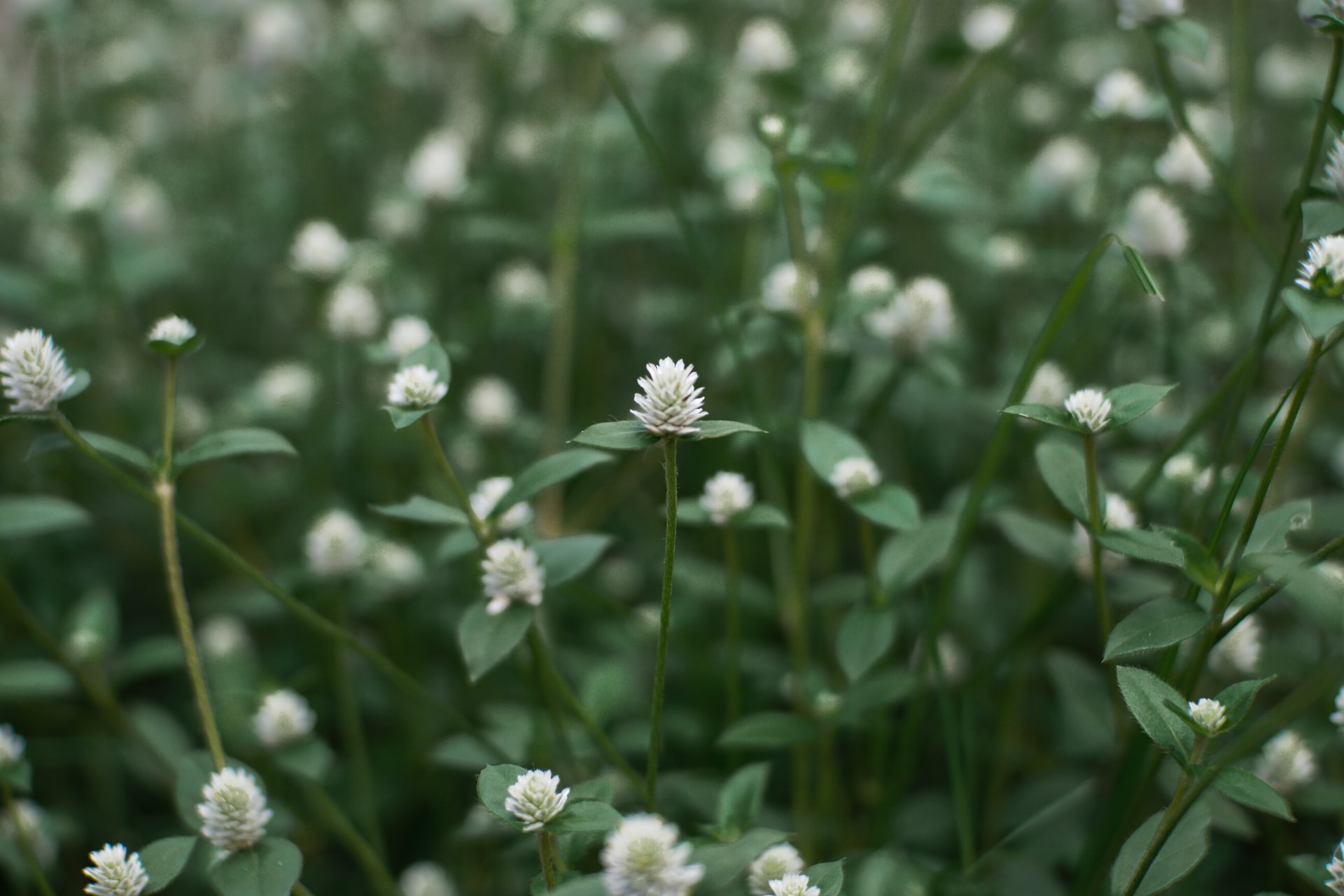
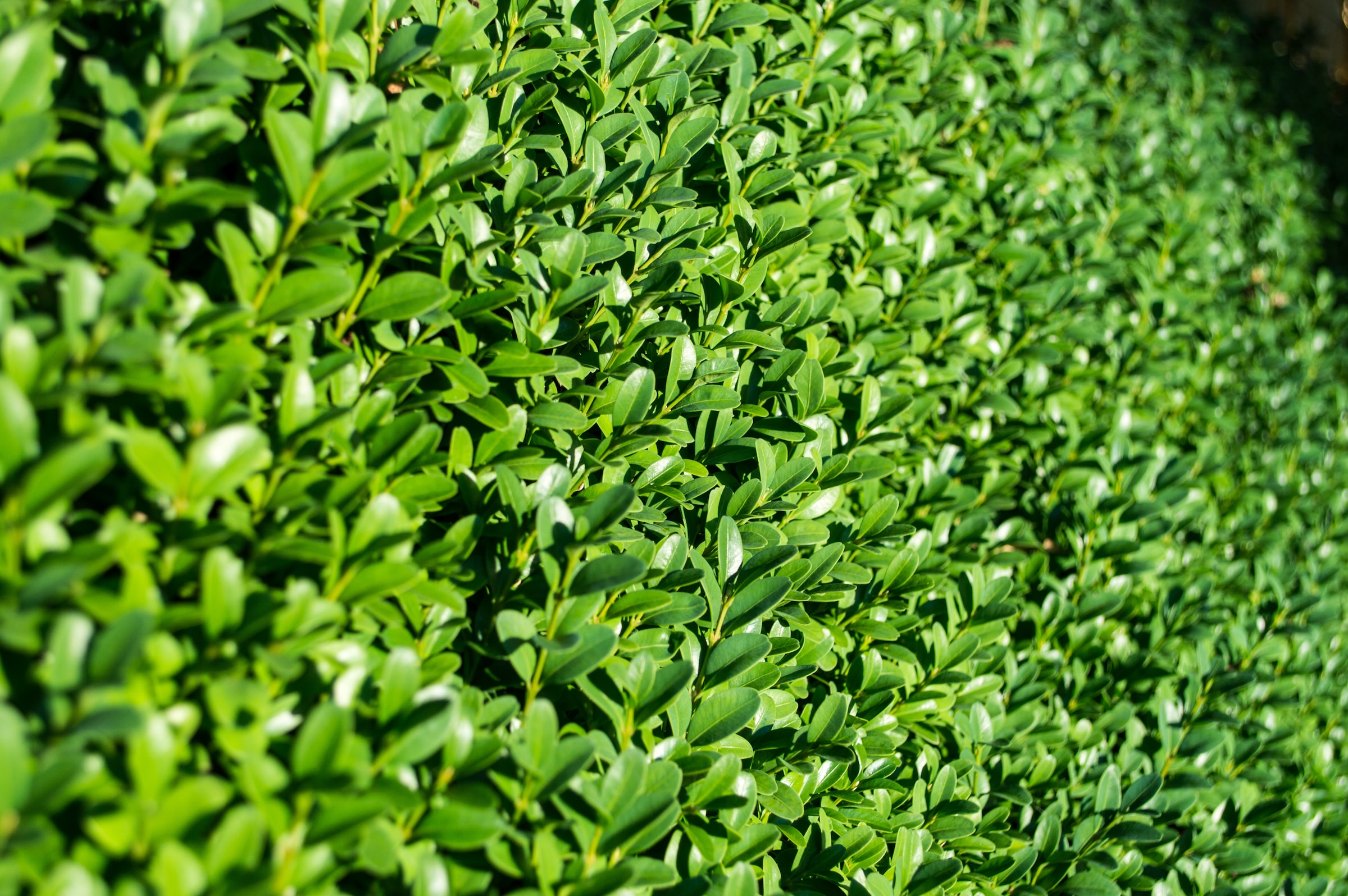

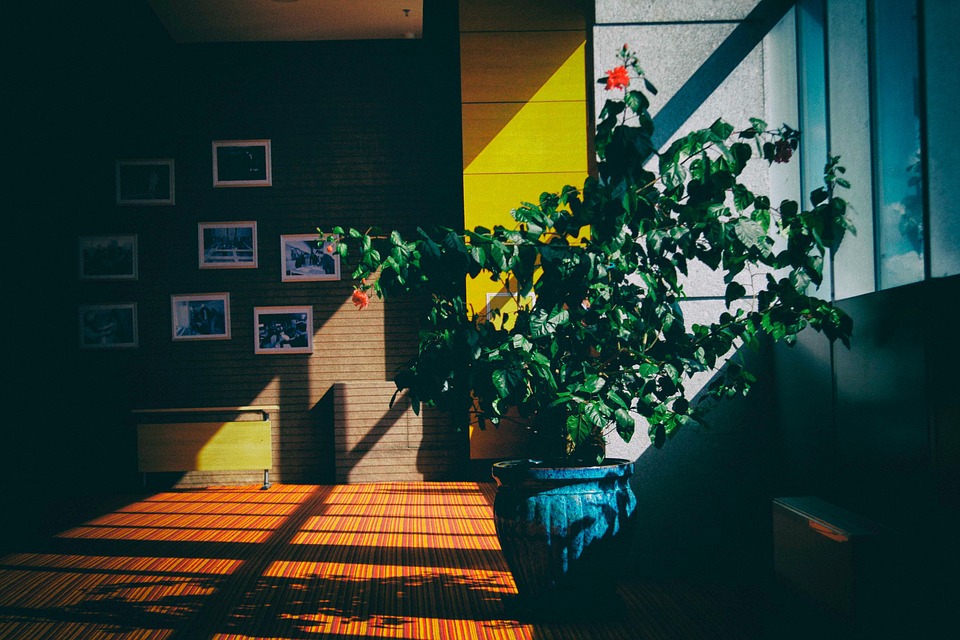
1 thought on “5 Simple Tips For Weed Removal”